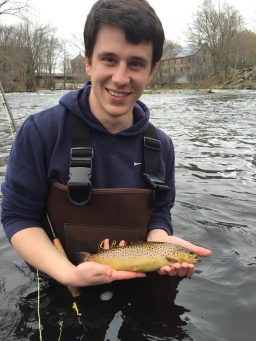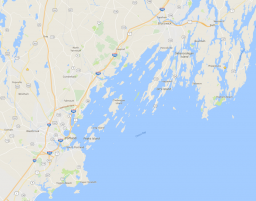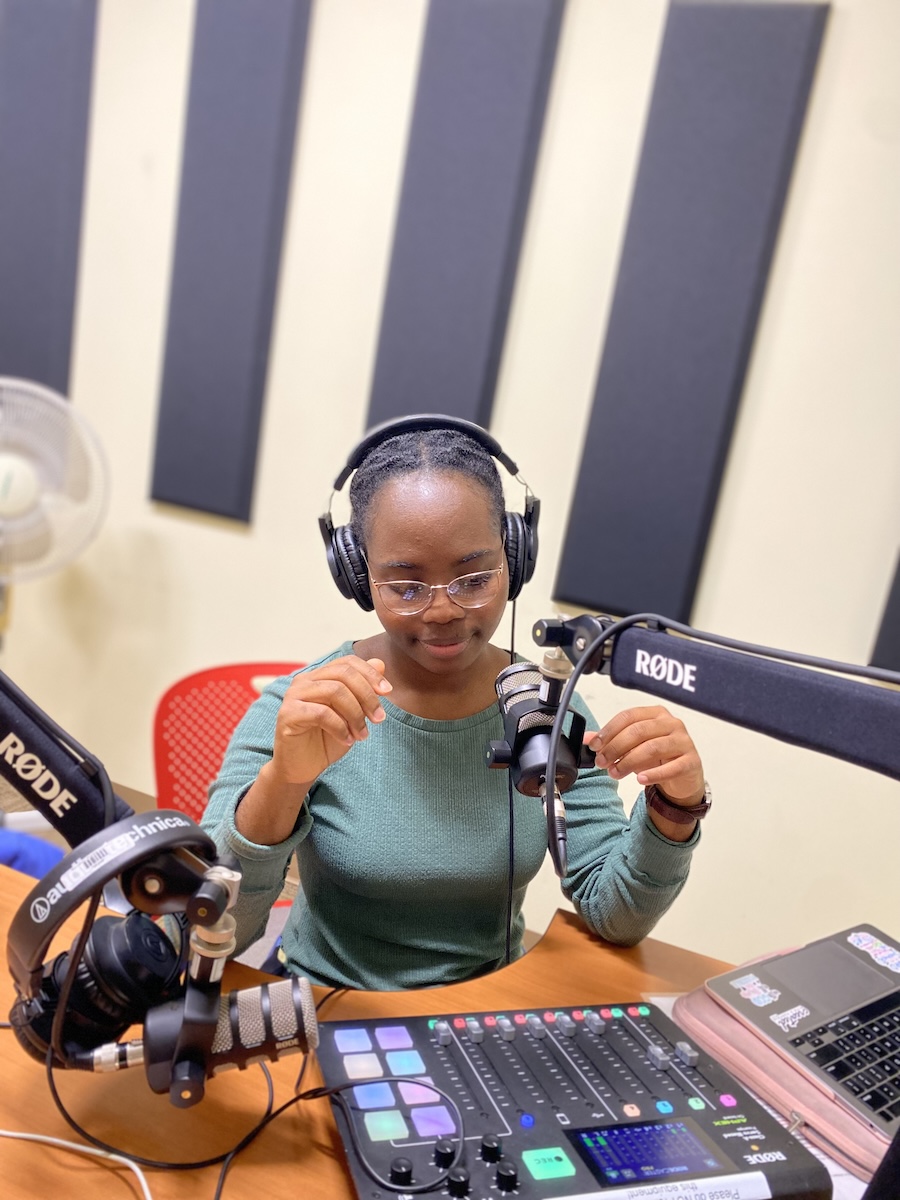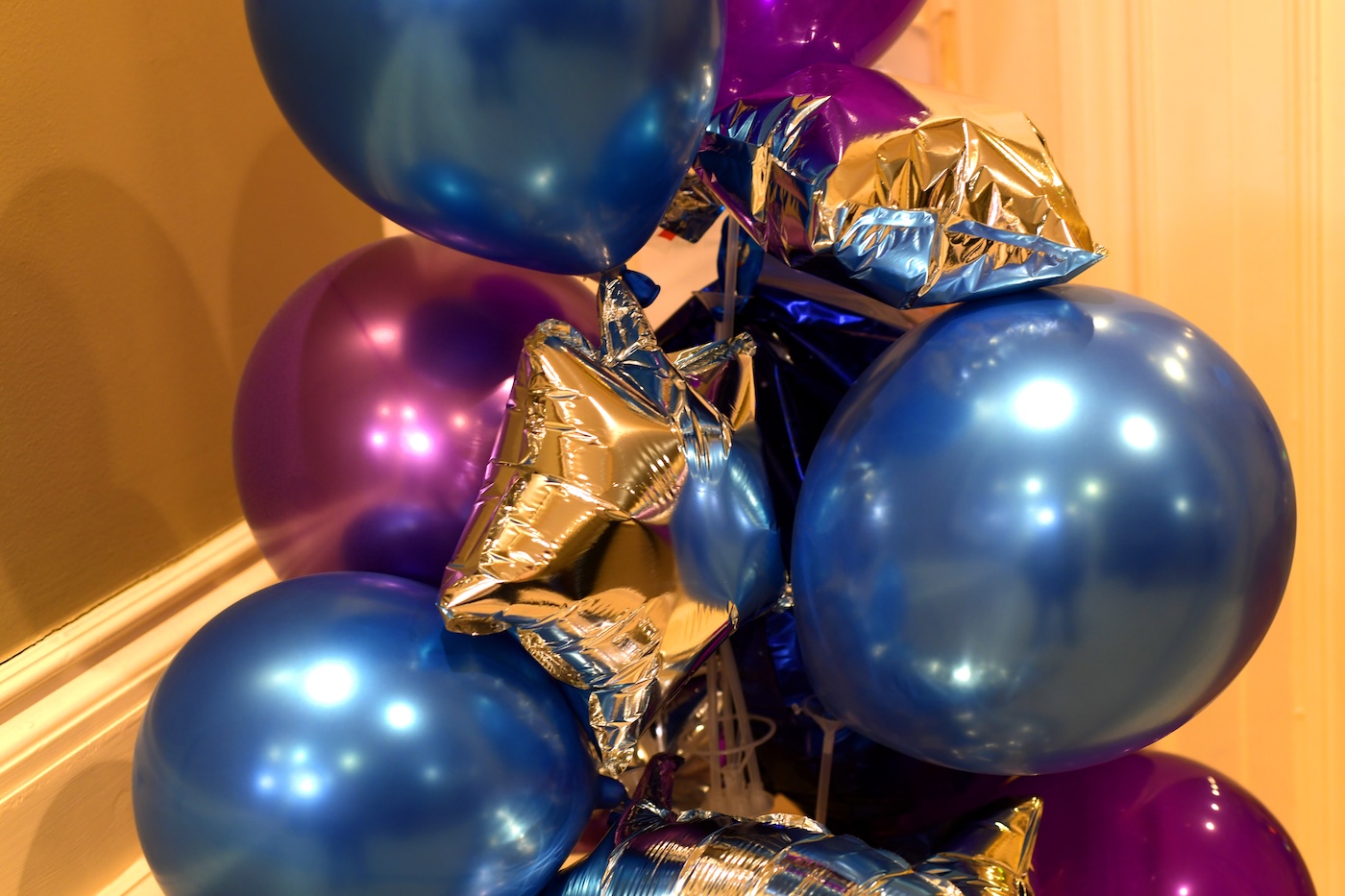Hugh Cipparone ’19 Explores Aquaculture Through a Sociological Lens
By Rebecca Goldfine
Hugh Cipparone’s interest in marine science began when he first picked up a fishing rod in middle school. Although no one else in his family was particularly enthusiastic about his hobby, he’d spend hours fishing by himself, or with other fishermen, in a pond near his home in Old Lyme, Conn.
“The first thing you need as a fisherman,” he explained recently, “is you have to understand how a fish thinks and understand the ecosystem around them.”
Cipparone’s curiosity about marine life continued through high school and into college. Indeed, he said he chose Bowdoin because of the research opportunities available here for undergraduates, as well as for the school’s proximity to the ocean. This semester, Cipparone is enrolled in the Bowdoin Marine Science Semester.
Last summer, he had a Rusack Coastal Studies Fellowship from Bowdoin to do research on green crab population dynamics with Bowdoin Associate Professor of Biology Dave Carlon. Now, after focusing on scientific research for several years, Cipparone has decided to explore the policy side of marine science, as the ocean is inextricably tied up with human activities. “Just being a biologist is not enough, he said. “Just being a sociologist is not enough. You need to know all sides.”
He asked Eileen Johnson, who is an environmental lecturer at Bowdoin and Cipparone’s advisor, for guidance, and she connected him with the Sustainable Ecological Aquaculture Network, or SEANET.
The group, run out of the University of Maine, has a five-year $23 million grant from the National Science Foundation to explore Maine’s carrying capacity for aquaculture — that is, how much aquaculture Maine can develop that would help the economy without jeopardizing the ecosystem or people’s wellbeing. Aquaculture refers to the farming of finfish, shellfish, and aquatic plants, such as kelp. Collin Roesler, a professor of earth and oceanographic science at Bowdoin, is also a member of the research coalition.
More Bowdoin students are expressing interest in aquaculture, with a few pursuing independent studies of the burgeoning industry, according to Johnson. “The big question is the viability of aquaculture here and how we think about this as a way to diversify Maine’s fishing economy,” she said.

Another job SEANET asked of Cipparone took him into unchartered territory — sociological research. Along with exploring the ecological and biological aspects of aquaculture and Casco Bay, he began working with a professor at University of Maine to map coastal Mainers’ attitudes toward fish farming.
The reason this is important, Cipparone explained, is that aquaculture development can be hampered by people’s doubts and concerns. People who live along the shore, for instance, have expressed reservations about looking at aquaculture nets and buoys; lobstermen worry about losing access to intertidal zones; and conservationists worry about aquaculture’s impact on native ecosystems.
“Everyone wants a lobster boat in front of their house, but no one wants aquaculture, it’s not as attractive. It’s not on postcards,” Cipparone said.
This sociological analysis will become part of SEANET’s assessment of how much aquaculture development Maine can handle, and whether there are “barriers we should pay attention to,” Johnson explained.
To assess Maine people’s outlooks, Cipparone ran computer-aided analyses of hundreds of news articles from Maine newspapers that mentioned aquaculture. He categorized the pieces by location and ranked their attitude (negative or positive) toward aquaculture. On top of that, Cipparone has also launched a project to analyze social media mentions of aquaculture.
So far, he has found that certain regions, such as the Blue Hill peninsula, harbor more negative attitudes toward aquaculture than others, for instance, the Harpswell Sound area. “Why there is a difference, I don’t know,” he said.
The project has piqued his sociological curiosity. “I’ve enjoyed looking at the human side of aquaculture development rather than just looking at technological innovation and ways we can come up with to improve aquaculture,” he said, adding that it’s important to step back and ask: “Is it good to have aquaculture development at this rate, and why are we doing this?”
An environmental studies and history major, and a biology minor, Cipparone does have an opinion on this. “I personally believe that we could use further aquaculture development,” he said, adding, “however, it is important to consider issues of carrying capacity because aquaculture can get in the way of intertidal environments, and can push lobstermen out.”



